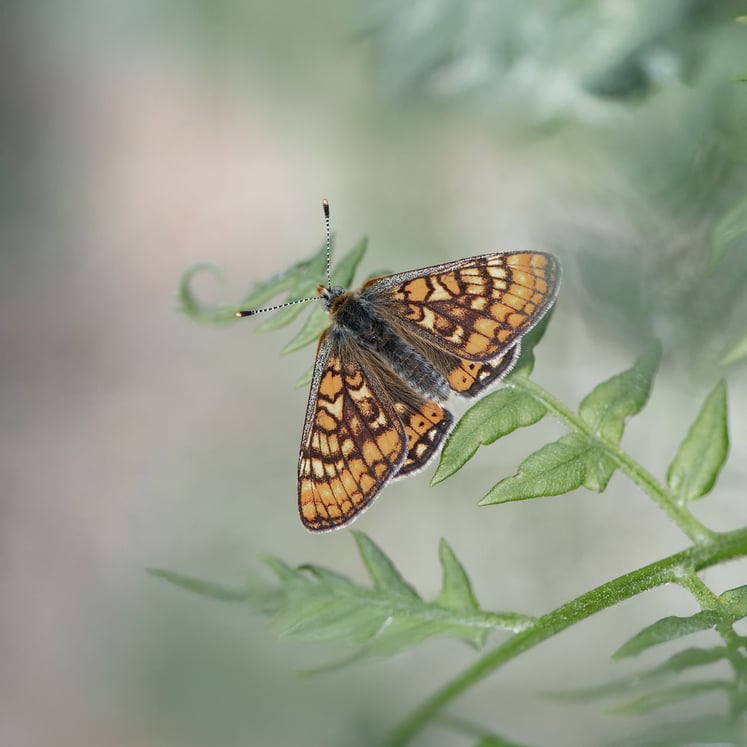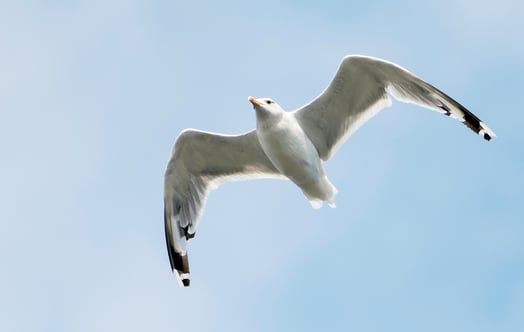Tracking seabirds non-breeding season movements and behaviour
Understanding where seabirds from specific colonies spend the non-breeding season is crucial for assessing the potential impacts of new offshore wind farms.
Short facts
- Aberdeen Bay, Scotland
- Seabirds (razorbill and guillemot)
- Understand seabird migration patterns
- 2017–2022
This helps identify overlaps between seabird habitats and wind farm sites, informing impact assessments and planning. To gather this information for razorbills and the guillemots, several hundred birds across numerous colonies in Scotland and Northern England were fitted with light logger tags.

The results showed that razorbills tended to winter in the same area of the North Sea, while guillemots had colony-specific wintering areas.
The final report is available here: Final report
The seabird study was part of a larger EUR 3 million research and monitoring programme connected to the European Offshore Wind Deployment Centre (EOWDC) in Aberdeen Bay, Scotland.
The programme was established to improve the evidence base for planning and impact assessment of future offshore wind farms. The programme is now completed, and the final reports have been published - for a full overview of the programme, please visit the EOWDC website.
More about biodiversity
Biodiversity and nature protection are a priority at Vattenfall. It is one of the focus areas in our environmental policy and therefore also a central part in our environmental work.

How we make a difference for nature
Biodiversity is an important and integrated part of our work. Here, we show concrete examples of how we care for nature through our projects.




